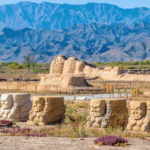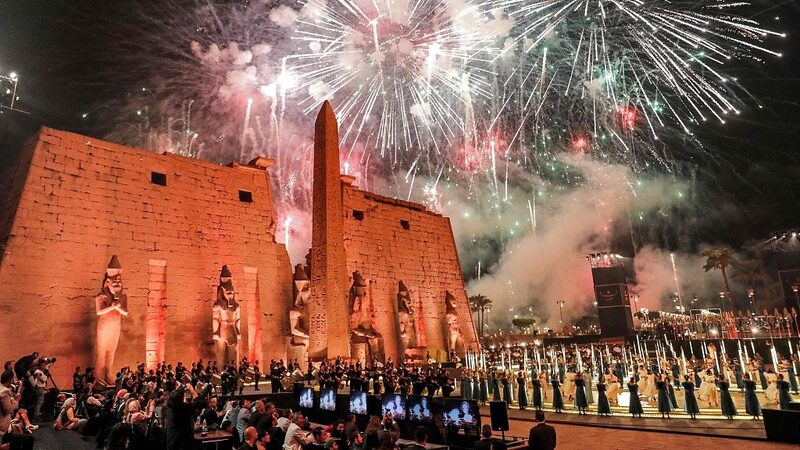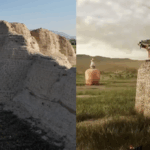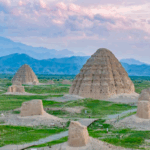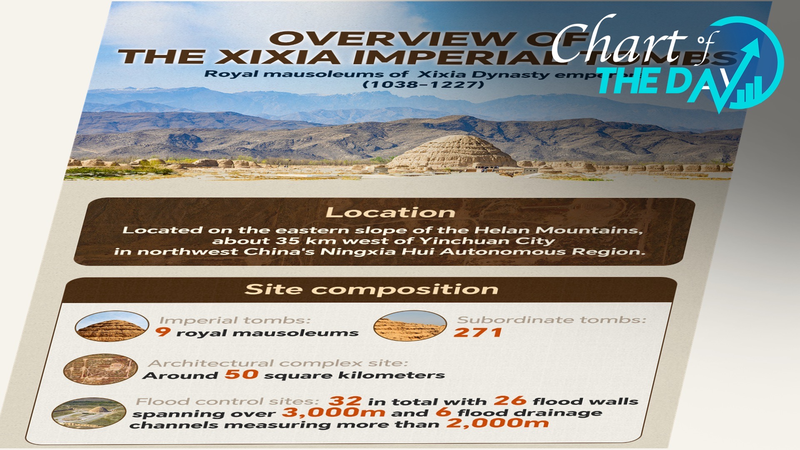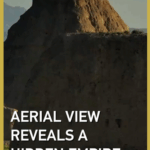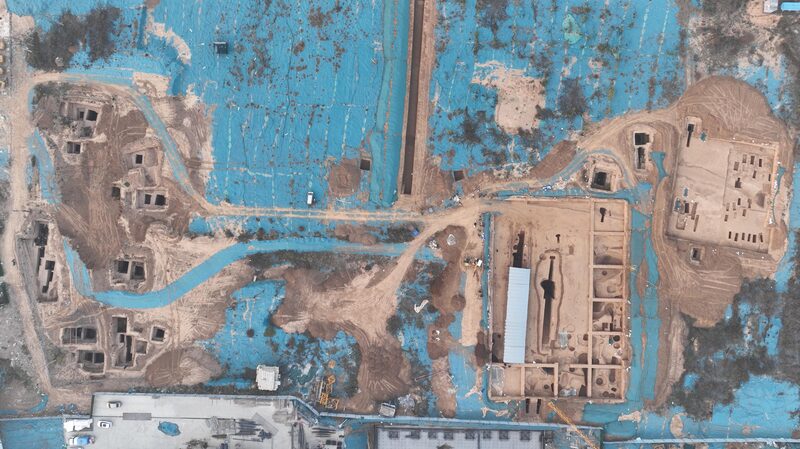Nestled in the arid landscapes of Ningxia Hui Autonomous Region, the Xixia Imperial Tombs stand as silent sentinels of a once-mighty civilization. Often dubbed the 'Pyramids of the East' for their striking geometric forms, these 1,000-year-old structures offer a window into the engineering brilliance of the Xixia Dynasty (1038–1227).
A Desert Necropolis of Ancient Emperors
The sprawling complex contains nine pyramid-like imperial tombs and 271 smaller burial sites, with archaeologists uncovering more than 7,100 artifacts ranging from intricate stone carvings to ceremonial objects. What makes these structures particularly remarkable is their sophisticated flood control system – a network of channels and dams that protected the tombs from seasonal flash floods, revealing unexpected hydrological expertise in this desert region.
Path to World Heritage Status
Now China's top candidate for UNESCO recognition in 2025, the site has become a focal point for historians and preservationists. The tombs' unique blend of Tibetan, Han Chinese, and Tangut architectural styles reflects the cultural crossroads of the ancient Silk Road, offering fresh perspectives on regional exchange dynamics.
For modern visitors, the site presents both mystery and grandeur: towering earth mounds rising from the yellow sand, their original painted surfaces long eroded by time, yet still testifying to the Xixia Empire's lost glory.
Reference(s):
Why the Xixia Imperial Tombs are known as the 'Pyramids of the East'
cgtn.com

